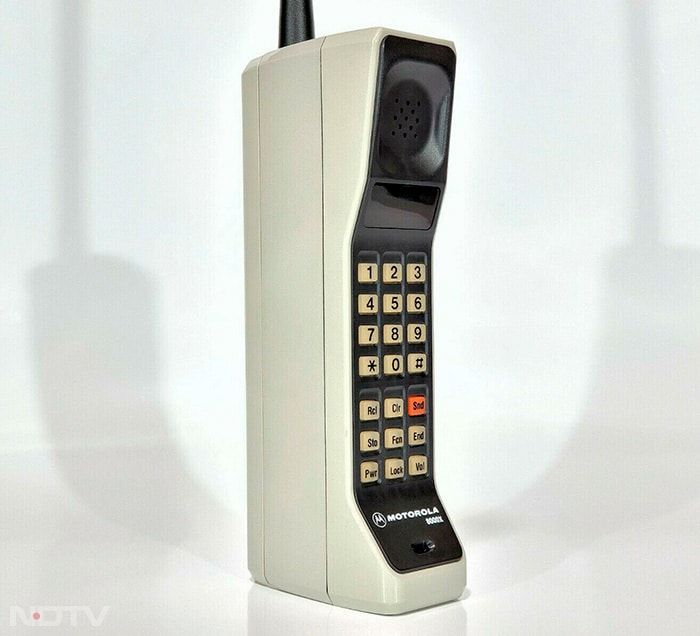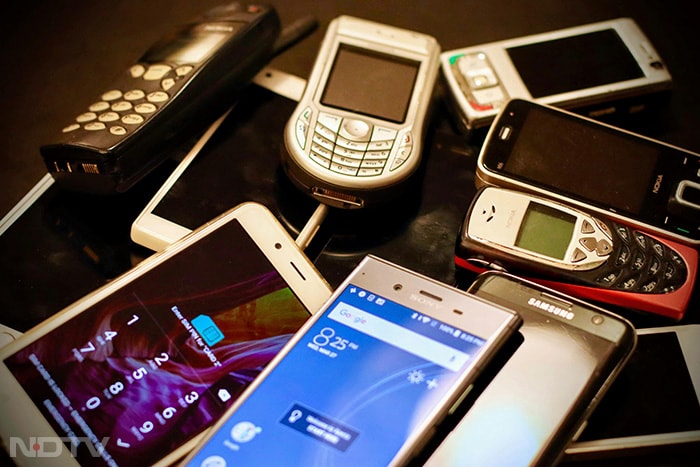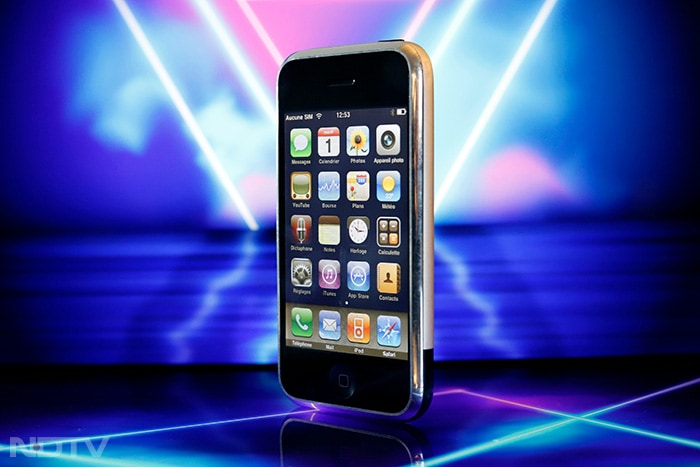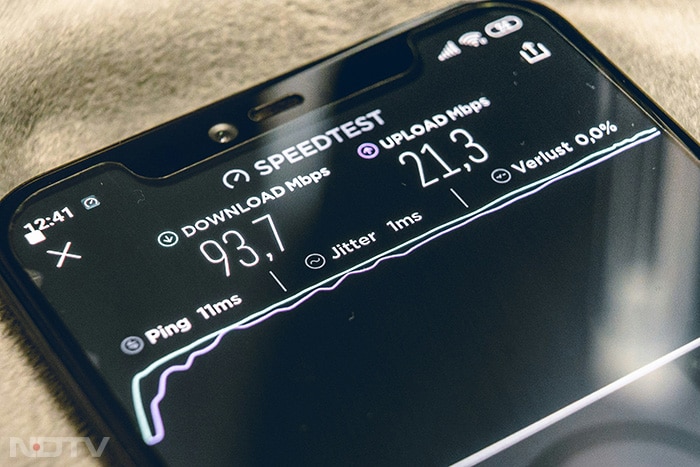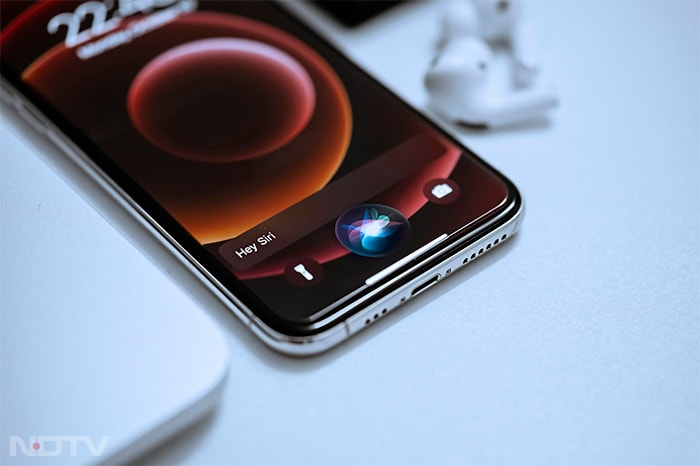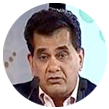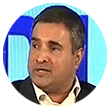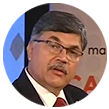- Cashless Bano India/
- Photos/
- World Telecommunication Day: From Landline To Mobile, How Technology Changed
World Telecommunication Day: From Landline To Mobile, How Technology Changed
World Telecommunication Day is celebrated every year on May 17 since 1969. The date also marks the founding of International Telecommunication Union, a United Nations agency, on May 17, 1865.
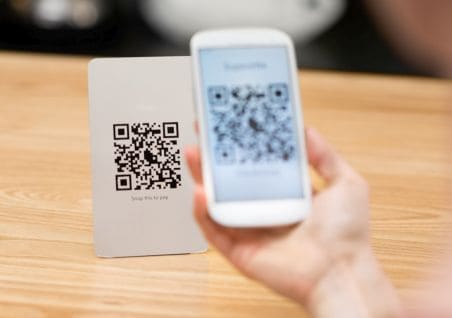
NDTV along with Mastercard is launching a multi-platform campaign “Cashless Bano India”, to create digital awareness and educate the masses about digital payment solutions for day to day transactions.
The campaign aims to take the message of a cash free India to the country, and will charter a blue print which can help all stakeholders to become a part of the digital revolution.
We aim to reach out to people and educate them on:
1) Digital and financial literacy
2) New generation digital payment solutions
3) Enabling merchants and consumers to understand and adopt secured and safe payment Solutions
4) Ease of usage at point of sales








